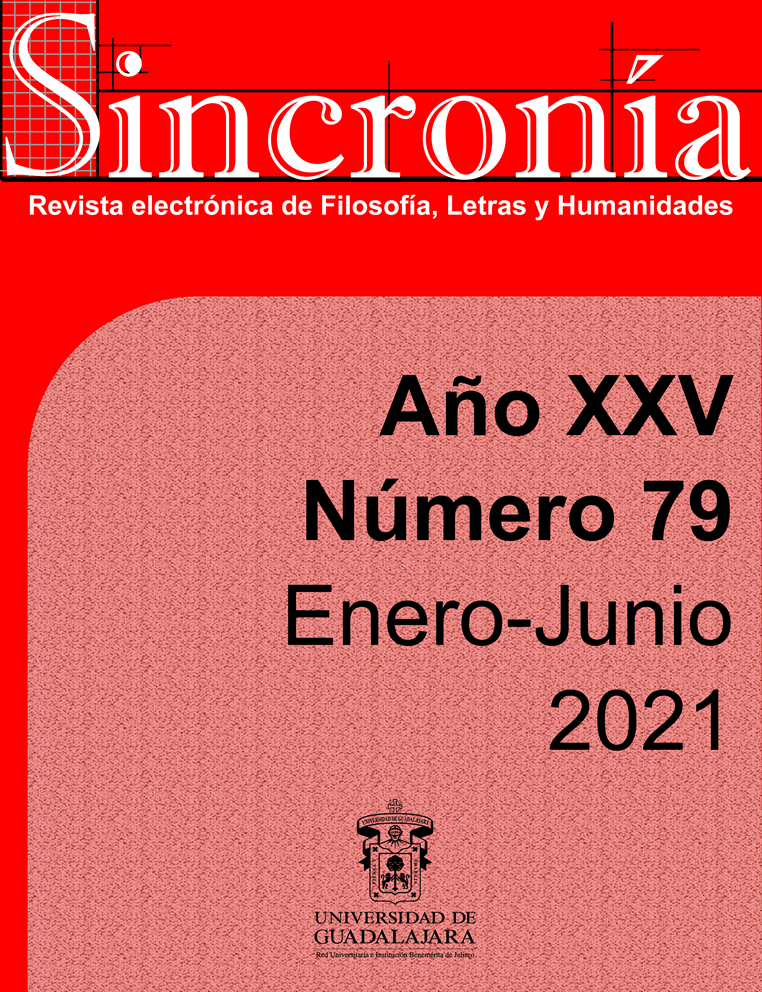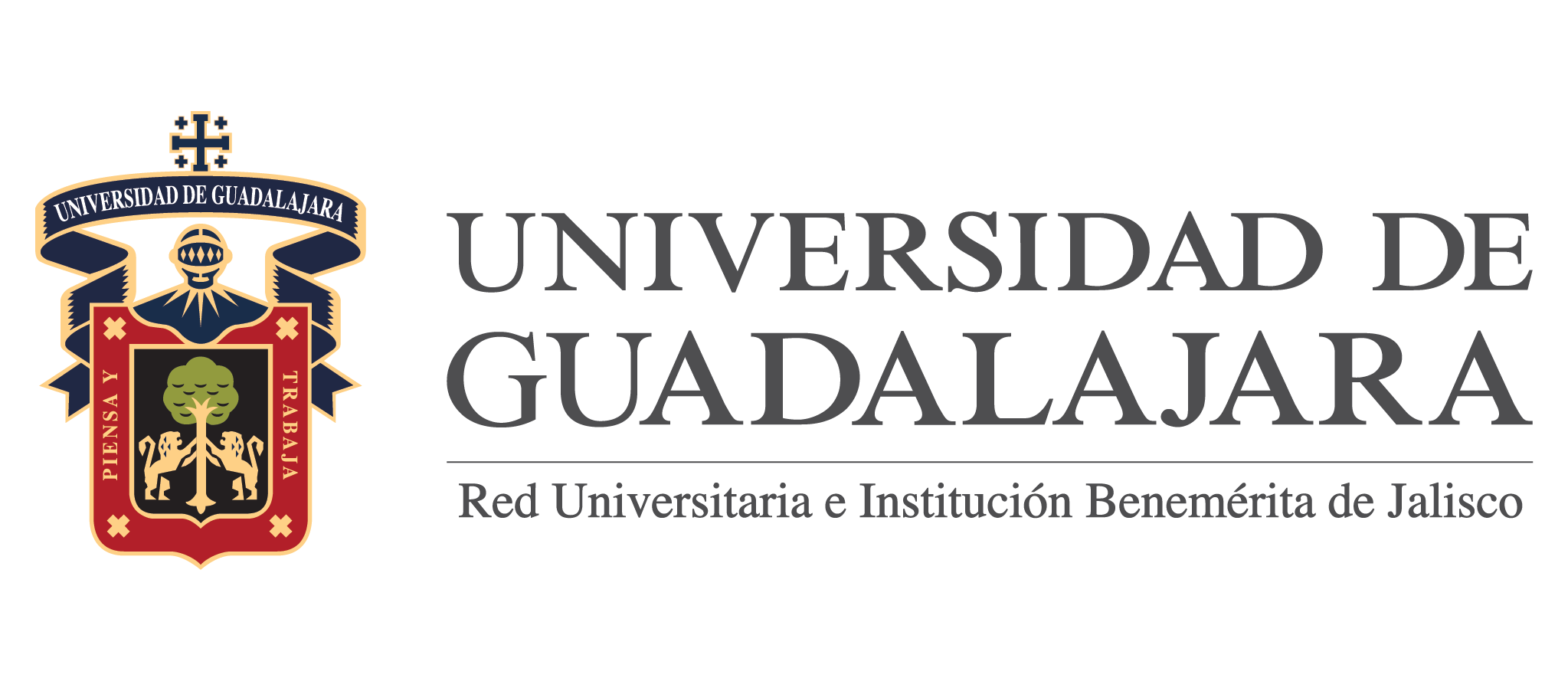Dominar el mundo privado: Casas inteligentes y razón instrumental
Palabras clave:
Casas, inteligentes., Teoría crítica., Tecnología., Razón instrumental., Max Horkheimer, ModernidadResumen
Este trabajo aborda las casas inteligentes. Las analiza mediante el concepto de razón instrumental. Señala cómo las casas inteligentes trasladan al hogar el ejercicio de la razón instrumental. Demuestra la poca importancia conferida a la subjetividad, las amenazas de conferir un inmenso poder a algunos individuos, los peligros para la vida privada del hogar y los riesgos políticos de legitimar un casi completo control de los entornos
Descargas
Citas
Azimi, I., Rahmani, A., Liljeberg, P., y Tenhunen, H. (2017). Internet of things for remote elderly monitoring: a study from user-centered perspective. Journal of Ambient Intelligence and Humanized Computing, 8(2). 273-289. Doi: 10.1007/s12652-016-0387-y
Bernal, P. (2014). Internet privacy rights. Rights to protect autonomy. Cambridge University Press.
Bilogrevic, I., Jadliwala, M, Lám, I., Aad, I., Ginzboorg, P., Niemi, V., Laurent Bindschaedler, L., y Hubaux, J. P. (2012). Big Brother Knows Your Friends: On Privacy of Social Communities in Pervasive Networks. En: Kay, J., Lukowicz, P., Tokuda, H., Patrick Olivier, P., y Krüger, A. (Eds.). Pervasive Computing. (pp. 370-387). Doi: 10.1007/978-3-642-31205-2.
Casas Inteligentes Diseño y Construcción (2016). ¿Qué es una casa inteligente? En: http://www.casasinteligentes.cl/pages/construcciondecasas_casainteligente.htm
Chabot, M., Delaware, L., McCarley, S., Little, C., Nye, A., y Anderson, E. (2019). Living In Place: the Impact of Smart Technology. Current Geriatrics Reports, 8(3). 232–238. Doi: 10.1007/s13670-019-00296-4
De Genaro, E. (2017). O debate da Teoria Crítica sobre a tecnología. Ciências Sociais Unisinos, 53(2). 292-299. Doi: 10.4013/csu.2017.53.2.13
D-link (2016). Home is where the smart is. En: http://us.dlink.com/home-solutions/connected-home/
Fromm, E. (2002). El miedo a la libertad. Paidós.
Fuchs, C. (2019). M. N. Roy and the Frankfurt School: Socialist Humanism and the Critical Analysis of Communication, Culture, Technology, Fascism and Nationalism. TripleC: Communication, Capitalism & Critique, 17(2). 249-286.
Galafassi, G. (2004). Razón instrumental, dominación de la naturaleza y modernidad: la teoría crítica de Max Horkheimer y Theodor Adorno. Theomai, (sin volumen.) (6). Páginas no numeradas.
Germain, G. (2019). The technology trap and the new humanism. South African Journal of Philosophy, 38(2). 127-135. Doi: 10.1080/02580136.2019.1634395
GSMA y KRC Research (2016). GSMA: The impact of the internet of things. The connected home. En: http://www.gsma.com/newsroom/wp-content/uploads/15625-Connected-Living-Report.pdf
Hargreaves, T., y Wilson, C. (2017). Smart Homes and Their Users. Doi: 10.1007/978-3-319-68018-7
Hinkelammert, (2003). El sujeto y la ley. El retorno del sujeto reprimido. EUNA.
Horkheimer, M, y Adorno, T. (2002). The Dialectics of Enlightenment: Philosophical Fragments. Stanford University Press.
Horkheimer, M. (2000). Teoría tradicional y teoría crítica. Paidós.
Horkheimer, M. (1976). Sociedad en transición: estudios de filosofía social. Ediciones Península.
Horkheimer, M. (1970). Sobre el concepto de hombre y otros ensayos. Editorial Sur.
Horkheimer, M. (1969). Crítica de la razón instrumental. Editorial Sur.
Hortal, A. (2002). Ética general de las profesiones. Desclée de Brouwer.
Kant, E. (1963). (García, M., tr.). Fundamentación de una metafísica de las costumbres. Espasa-Calpe.
Keydome (2016). Seguridad. En: http://www.keydome.com/seguridad.html
Kreimer, P. (2017). Los estudios sociales de la ciencia y la tecnología: ¿son parte de las ciencias sociales? Teknokultura, 14(1). 143-162. Doi: 10.5209/TEKN.55727
Ley Nº 41996-MP-MIDEPLAN. Creación de la Unidad Presidencial de Análisis de Datos. Sistema Costarricense de Información Jurídica. En: http://www.pgrweb.go.cr/scij/Busqueda/Normativa/Normas/nrm_texto_completo.aspx?param1=NRTC&nValor1=1&nValor2=90591&nValor3=119449&strTipM=TC
Liu, L., Stroulia, E, Nikolaidis, I, Cruz, M., y Rincon, R., (2016). Smarthomes and home health monitoring technologies for older adults: a systematic review. International Journal of Medical Informatics, 91(Julio). 44–59. Doi: 10.1016/j.ijmedinf.2016.04.007
Locke, J. (2005). (Amor, C., y Stafforini, P., trs.). Ensayo sobre el gobierno civil. Universidad Nacional de Quilmes y Prometeo Libros.
López, P. (2000). Espacios de negación. El legado crítico de Adorno y Horkheimer. Editorial Biblioteca Nueva.
Marcuse, H. (1991). El Hombre Unidimensional. Editorial Joaquín Mortiz.
Marques, G., Pitarma, R., Garcia, N., y Pombo, N. (2019). Internet of Things Architectures, Technologies, Applications, Challenges, and Future Directions for Enhanced Living Environments and Healthcare Systems: A Review. Electronics, 8(1081). 1-27. Doi:10.3390/electronics8101081
Maskeliūnas, R., Damaševičius, R., y Segal, S. (2019). A Review of Internet of Things Technologies for Ambient Assisted Living Environments. Future Internet, 11(259). 1-23. Doi:10.3390/fi11120259
McDonald, A. y Reich, A. (Productores) y Garland, A. (Director). (2015). Ex – Machina [Cinta cinematográfica]. Reino Unido: DNA Films, Universal Pictures International, y Film4 Productions.
Méndez, E. (Comunicación personal, 27 de abril del 2020).
Mumford, L. (1992). Técnica y civilización. Alianza.
Nateras, M. (2009) Reseña de “Crítica de la razón instrumental” de Max Horkheimer. Espacios Públicos, 12(24). 237-240.
Naughton, J. (6 de Diciembre de 2015). Should we be worried if our homes are soon smarter than we are? The Guardian. https://www.theguardian.com/commentisfree/2015/dec/06/smart-homes-security-risk-internet-of-things
Peña, C. (2001). Notas sobre las relaciones entre privacidad y autonomía. En: http://repositorio.uchile.cl/handle/2250/126997
Putnam, H. (2002). El desplome de la dicotomía hecho-valor y otros ensayos. Paidós.
Rantz, M., Skubic, M., Popescu, M., Galambos, C., Koopman, R., Alexander, G., Phillips, L., Musterman, K., Back, J., y Miller, S. (2015). A New Paradigm of Technology-Enabled ‘Vital Signs' for Early Detection of Health Change for Older Adults. Gerontology, 61(3). 281-290.
Real Academia de la Lengua (2020). Interpretar. En: https://dle.rae.es/interpretar?m=form
Ruiz, A. (29 de Febrero de 2020). Allanan la casa presidencial en Costa Rica por caso de presunta violación de datos. France 24 https://www.france24.com/es/20200228-allanamiento-casa-presidencial-costa-rica-datos-alvarado
Shimizu, K. (2017). Reflection, the Public, and the Modern Machine: An Investigation of the Fukushima Disaster in Relation to the Concepts of Truth and Morality. Japanese Journal of Political Science, 18(4), 536–551. Doi:10.1017/S1468109917000160
Slijepčević, P. (2019). Anthropocene, capitalocene, machinocene: Illusions of instrumental reason. Philosophy and Society, 30(4). 543-570. Doi: 10.2298/FID1904543S
Smarthome (2016). Home center 2. Fibaro System. En: http://www.smarthome.ec/index.php/productos/item/14-home-center-2
Vargas, M. (7 de Julio de 2016). Seguridad: el principal reto para internet de las cosas. La Nación. http://www.nacion.com/tecnologia/informatica/Seguridad-principal-reto-Internet-Cosas_0_1571442852.html
Zhang, C. (2013). The evolution of rationality and Modernity crisis. Sociological Mind, 3(2). 179-184. Doi: 10.4236/sm.2013.32024
Descargas
Publicado
Cómo citar
Número
Sección
Licencia

Esta obra está bajo una licencia internacional Creative Commons Atribución-NoComercial 4.0.
Eres libre de:
- Compartir : copiar y redistribuir el material en cualquier medio o formato para cualquier fin, incluso comercial.
- Adapte : remezcle, transforme y desarrolle el material para cualquier propósito, incluso comercialmente.
- El licenciante no puede revocar estas libertades siempre que cumpla con los términos de la licencia.
En los siguientes términos:
- Atribución : debe otorgar el crédito correspondiente , proporcionar un enlace a la licencia e indicar si se realizaron cambios . Puede hacerlo de cualquier manera razonable, pero no de ninguna manera que sugiera que el licenciante lo respalda a usted o a su uso.
- No comercial : no puede utilizar el material con fines comerciales .
- Sin restricciones adicionales : no puede aplicar términos legales ni medidas tecnológicas que restrinjan legalmente a otros hacer algo que la licencia permite.





























